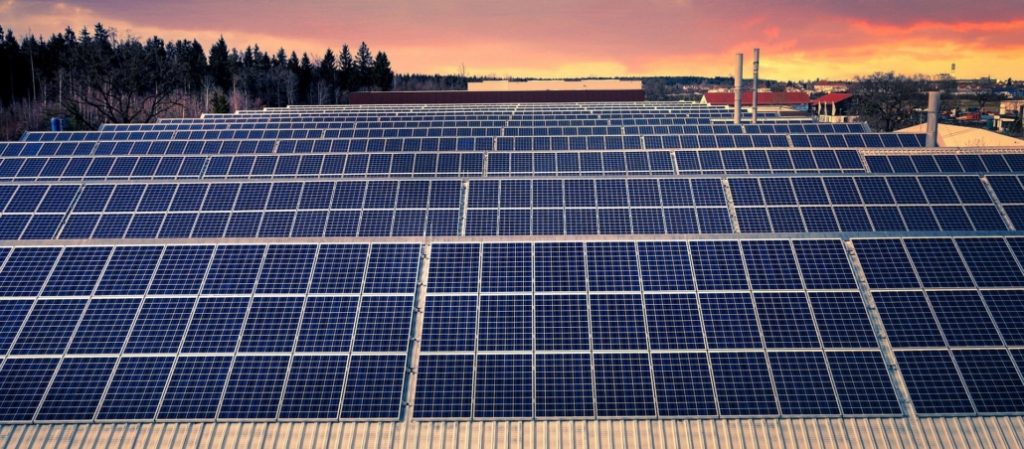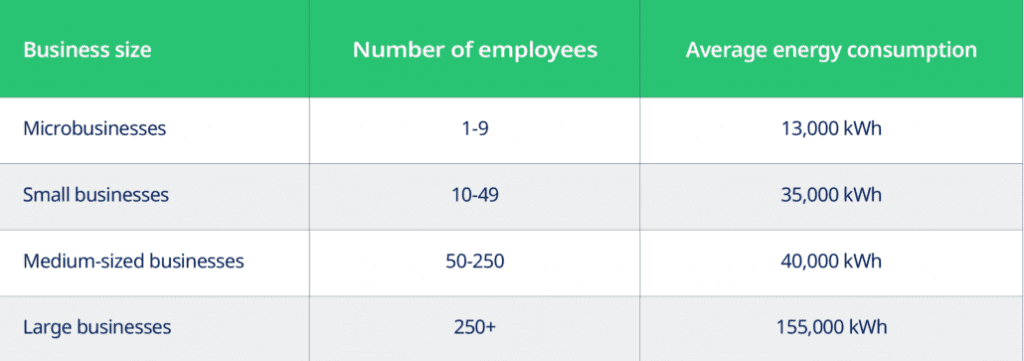How Many Solar Panels Do You Need?
Switching to solar panels can save you money and help the environment—but it’s got to be done right. Solar panel systems can average up to $20,000 per system, so they are a serious investment. You can’t just throw a couple up onto your roof and hope for the best. However, with the right system, solar panels can soon pay for themselves.
The most important part of your decision is the question, “How many solar panels do I need?”
While this sounds like a simple question, getting the most out of your solar panel installation requires careful thought and planning. The right strategy means you can install the optimal number of panels and get the maximum out of cost-effectiveness and efficiency. Ideally, that means your panels produce as much power as you typically consume.
This modularity is one of the main reasons that solar panels have been so successful as a clean and renewable energy source. Systems can be easily designed and tailored so that your home or business gets the right number of panels, regardless of its size.
We always recommend getting in touch with a qualified solar contractor to put your strategy into action. However, if you’re still in the early stages and haven’t 100 percent decided to go ahead with solar panels yet, continue reading this guide to get a rough idea of the number of panels you might need.
HOW MANY SOLAR PANELS DO I NEED TO POWER MY HOUSE?

The average solar panel installation for a 2,000 square foot residential home will be made up of around 18 to 25 panels. This translates to a cost of around $16,000 to $20,000 per system, after accounting for Federal Tax Credit for Solar Photovoltaics (“solar tax credit”). The situation will of course vary by jurisdiction and available incentives, which can also differ depending on the power rating of your solar units.
These numbers are based on the average residential electricity usage of 877 kilowatt-hours (kWh) per month (10,524 kWh per annum). The higher your energy use, the more solar panels you’ll need.
While up to $20,000 for an average solar installation might sound like a lot, when you break down the cost per watt of solar installed—system cost divided by solar energy produced—the idea becomes a lot more palatable. And don’t forget, solar panels can last for as long as 25 years, so the savings are cumulative.
Of course, the exact number that you’ll need depends on a whole range of factors, such as where you live, how much sun exposure your house benefits from, your average energy consumption, and how much power your panels can generate. We’ll explore these factors in more detail later.
It’s often the case that customers want to know how many solar panels they’ll need according to the size of their house. This is the wrong approach to take, as what truly matters is how much energy you use. A two-bedroom house can easily use more energy than a three-bedroom house, for example.
HOW MANY SOLAR PANELS DO I NEED TO POWER MY BUSINESS?
We know that the number of solar panels for a home depends on energy consumption—but the number of solar panels your business needs follows this rule too.
The key difference between domestic residential solar installations and commercial solar installations is that commercial installations will be relatively larger. This is because the average medium-sized business uses up to 40,000 kWh of energy per year, which is a lot more than most residential homes, and therefore requires larger solar installations to meet those higher energy demands.
The actual amount of energy a business consumes will depend on factors like:

FACTORS TO CONSIDER WHEN CHOOSING HOW MANY SOLAR PANELS YOU NEED
Deciding how many solar panels you need requires careful consideration and accounting for a range of different factors. While this might sound like a lot of work, it’s relatively straightforward when you break it down.
To really get an idea of numbers, you need to determine the following:
Sun exposure
Your physical location doesn’t just matter for solar adoption incentives, it’s also a key factor that dictates the efficiency of your solar installation full stop. As you might have guessed, solar panels are best suited in areas that get lots of sunshine. This is why solar is far more popular in sunny coastal areas such as California or in desert climates like Arizona.
With more exposure to the sun, your solar panels will generate more power. While we wouldn’t advocate uprooting your home or business and moving to a sunny area just so you can get the maximum benefit from a solar installation, it’s still an important consideration. If you’re in an area with less sun, you might need extra panels to achieve your output goals.
The size of your home or business
The more space you’ve got available, the more solar panels you can install. If you’re simply looking to offset your existing energy consumption, then the number of panels you need will depend on what this is per year on average.
If, however, you’re looking to take advantage of power generation schemes that allow you to sell energy to the power grid, you’ll want to generate a surplus of energy and the only way to do that is by adding more solar panels on top of the minimum number you need. You’ll of course also want to take into account your local and export electricity prices, to be sure that exporting power to the grid is worthwhile financially.
Current energy consumption
Knowing how much energy you use in an average year is key to figuring out the number of solar panels you need. The average American home uses 10,649 kWh of energy per year, which is just over 29 kWh per day. While this is a solid baseline, it’s an average figure; you might be above or below average, and thus you need to run your own numbers if you’re looking for an accurate picture.
The best way to do this is to look at your energy bills. Take how much electricity you use over the course of a year (you’re looking for the figure in kWh)—this is the amount of solar power that you need to generate to cover your minimum needs, and thus the number of solar panels you’ll need relative to their wattage.
Solar panel wattage
Different solar panels are capable of outputting different amounts of power according to their power rating, which is measured in watts. You can expect a typical solar panel to generate between 250 to 400 watts of power. The amount of power that solar panels actually produce depends on how many hours of direct sunlight each panel gets per day.
If you’ve got less space to play with, you’ll want to invest in solar panels with higher power ratings as they’ll be able to generate more electricity per panel. However, be aware that the higher a panel’s power rating, the more it will cost. Variation here may also affect the incentives that your solar array is eligible for.
HOW TO CALCULATE HOW MANY SOLAR PANELS YOU NEED
With the above factors in mind, it’s possible to put together rough estimates for how many solar panels you’ll need. Let’s work through an example. We’re going to start by making some assumptions. Let’s say:
- You have a standard 2,000 square foot home or business
- You use an average amount of energy (29 kWh per day)
- You get four hours of sunshine per day, on average
- You’re purchasing 300-watt panels
We can use this information to roughly calculate how many solar panels that you’ll need.
In this example, each individual panel can generate 1,200 watt-hours (1.2 kWh) per day. This is because we take the wattage (300 watts) and multiply it by four (the number of sunshine hours). This gives us 1,200 watt-hours in total, or more simply 1.2 kWh.

You then take the amount of energy your home or business consumes per day, in this case, 29 kWh, and divide this by the number of kWh each panel can produce. In this case, our calculation is 29 / 1.2. This gives us 24.166. Obviously, you can’t install 0.166th of a panel, so we’ll round up to 25 to be safe, and that’s the number of solar panels we would need in theory in the above solar installation to meet the daily energy demand of 29 kWh.

Other factors to consider
In theory, the number of solar panels you need correlates directly with your power consumption and the amount of power each panel in a system can output.
However, theory doesn’t always translate to reality. In solar installations, output efficiency can occasionally be hampered by technical problems, some energy can be lost during conversion from DC to AC, and unforeseen weather events can drive output down to a minimum. Understanding the difference between string inverters and microinverters can help you maximize your solar power output.
This is why it’s important to consult with solar power professionals when you’re considering investing in a solar installation. They will be able to advise you on the best solution for your home and business that will account for everything you could ever need and more!
If you’d like to learn more about solar adoption for your home or business, get in touch with our expert team for an obligation-free chat.
